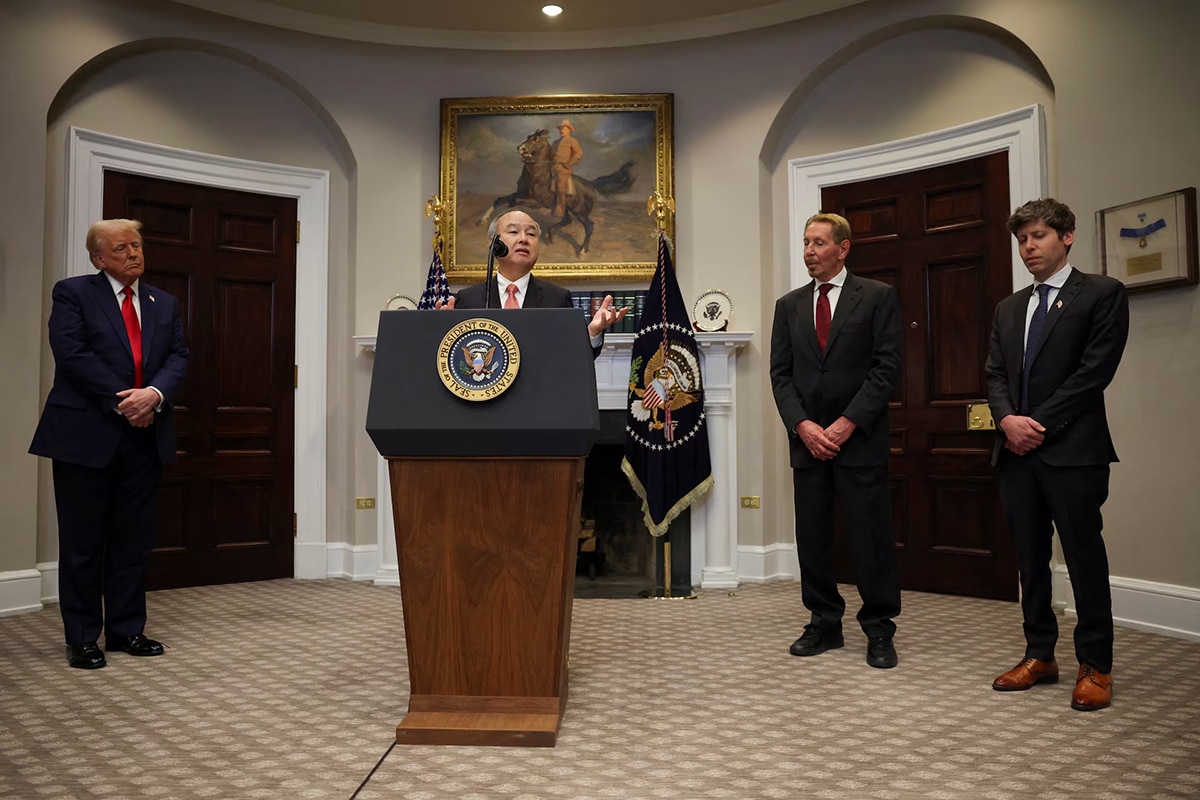“A new wind is blowing in Europe,” said the Dutch anti-Islam, anti-immigration, populist Freedom Party leader Geert Wilders in Brussels on Thursday after a meeting of far-right leaders.
Migration has been at the forefront for Europe’s politicians since 2015, when more than a million migrants, many of them Syrians fleeing war, made their way to the bloc.
In the ensuing decade, the EU’s collective has shifted from the “we can do it” stance of former German Chancellor Angela Merkel to trying to new arrivals them away from the EU border altogether. In 2023, fewer than 300,000 people made it to the Continent. This year, the EU’s border agency, Frontex, estimates about 160,000 migrants have made it to Europe.
In recent months, nearly a dozen European countries have instituted some form of border restrictions in an attempt to deter migrants, refugees and asylum seekers.
Poland this month announced a temporary halt to processing asylum requests from migrants arriving from neighboring Belarus, invoking a security threat. Germany’s Olaf Scholz instituted border controls this summer to stop undocumented migrants from crossing into Germany after a Syrian man stabbed eleven people, killing three. Six other countries, including Italy, France and Austria, have introduced border checks.
And some analysts say if Trump were to return to the White House, it would put more wind in the sails of those who have matched and mirrored his administration’s ambitions on migration.







